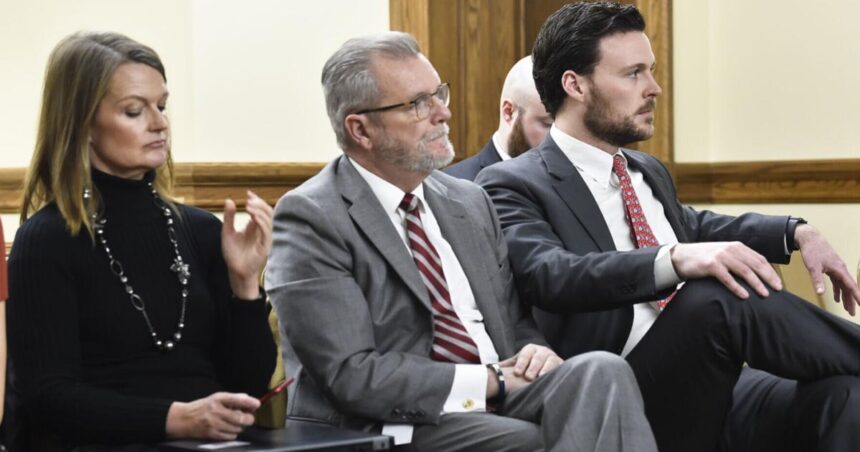More people were disenrolled from Medicaid during the unwinding process in Montana than the state expected, according to a report released by the health department on Monday tallying the impact of redetermination, which concluded in March.
About 4% more people no longer receive Medicaid coverage than the health agency projected prior to unwinding beginning, the report found. The greatest gap between reality and expectation is among the Medicaid expansion population, or adults eligible for coverage based on low incomes.
Over 6% more enrollees under expansion lost coverage than the Department of Public Health and Human Services anticipated. These numbers do not account for potential “bounce back” applications for anyone who might have lost coverage but later reapplies and is determined eligible, the report notes.
People are also reading…
Using data as of June 27, the final closeout report contains the most current and accurate information, DPHHS says. According to final agency data, 115,302 people were disenrolled through the unwinding process, less than previously reported. That’s because the report captures outcomes for most once-pending cases, which closes the gap slightly, according to the department. Information from DPHHS shows that over 60% of people who lost Medicaid coverage did so because of paperwork errors and failure to submit all the necessary information.
Total Medicaid, which includes individuals subject to redetermination as well as people who receive coverage through a separate “ex parte” process including those who receive Supplemental Security Income program, are in foster care or are covered due to pregnancy, is slightly below what it was before the COVID-19 pandemic. According to the DPHHS Medicaid Enrollment dashboard, there are 217,840 people covered by the joint federal-state insurance program, out of the state’s population of about 1.1 million. That’s 85,000 fewer people on the rolls since just a year prior, making up for some of the losses of redetermination.





